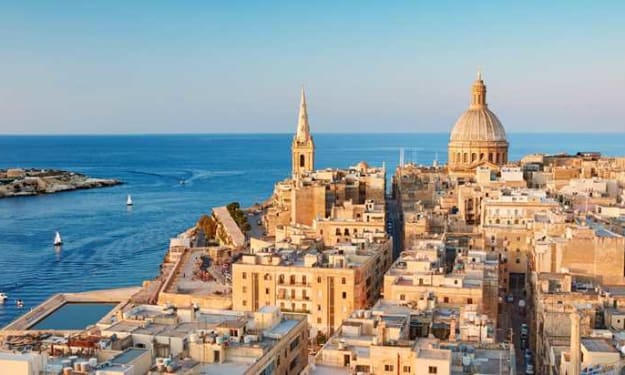
Throughout the past few months, there has been almost constant news and coverage in the West about Russia's imminent plans to invade Ukraine. This morning, Russia started large-scale military drills, stoking fears of an invasion. More than 2,000 troops, according to American intelligence, were sent within 24 hours. On the morning of February 24th, these fears proved to be well-founded. Russia's President, Vladimir Putin, effectively declared war on Ukraine and authorized the Russian military to invade the country. Explosions were quickly reported afterwards across the country. Immediately prior to this declaration, the Russian army had amassed around 200,000 soldiers, along with their tanks, artillery equipment, and field hospitals across their border, and many others inside of Belarus along their border with Ukraine. For comparison, this is nearly the same size as the entire Ukrainian military, at about the same number of troops sent by the United States when invading Iraq in 2003. This is certainly large enough to be an effective invasion force. Furthermore, the Russian government has recognized the independence of the two breakaway states inside of Ukraine, Donetsk and Luhansk, and ordered Russian troops inside of both. When factoring in the Russian military presence already stationed in Crimea, it becomes apparent that the Russians have Ukraine almost entirely surrounded. Now that war has broken out, it has the potential to unleash the most serious conflict seen in Europe since the Second World War. The biggest question on everybody's mind this entire time has been, what exactly does Vladimir Putin and Russia want with Ukraine? The origins of what Putin wants today are rooted in what happened more than three decades ago, back in the early 1990s when the Soviet Union first collapsed. For centuries before this event, whether as part of the Soviet Union or the Russian Empire, the modern countries we know of today as Russia, Ukraine, Belarus, and others had all been a part of the same country, and their people had largely moved between all of them across generations. These places are all deeply and intimately connected by their shared history. For decades, that history involves being widely recognized as one of the world's most dominant and formidable global superpowers. But all of that changed in late 1991 when suddenly the sweeping united empire that had existed in some form or another for centuries collapsed and left in its place 15 newly independent republics. Today, the largest of them, Russia, has only half of the population that the former United Soviet Union had and possesses an economy that's only moderately larger than Spain's, a country with only a third of the population. That ceased being a great power back in the 18th century. At the same time, the massive amounts of territories that were once dominated from the central government in Moscow have been shrinking almost continuously ever since. During the Cold War, there were two rival competing military alliances on the European continent, NATO in the West and the Warsaw Pact in the East. Moscow didn't outright rule the countries of the Warsaw Pact, but they were effectively locked into Moscow's orbit as thralls or puppet states. From Moscow's perspective, these states provided a massive buffer against any potential military incursion from their primary Cold War rivals to the West in NATO. You see, from the Netherlands in the West to the Urals in the East, this whole part of Europe is dominated by a geographic feature called the North European Plain, almost entirely flat. The plain is shaped like a funnel, with a very narrow width in Northern Germany, but with a mouth that opens up increasingly wider as it approaches the Ural Mountains. As the open plain gets wider across the East, it becomes increasingly difficult to defend across its entire length. And as a result, from the perspective of any regime based in Moscow, regardless of the time period and ideology, it is imperative to expand control westwards across as much of this open plain as possible in order to narrow the gap that they need to defend in the event of a conflict with the West. During the Cold War, the control of this plane by a regime in Moscow was at its greatest historical extent and was exerted either outright or by proxy from the Urals all the way through East Germany, and the entire wider section of the funnel was firmly controlled by Moscow, with Austria and Finland remaining neutral and Yugoslavia, a non-aligned communist state. The only fronts that Moscow at the time had to truly worry about against NATO were across the Sudeten
About the Creator
Enjoyed the story? Support the Creator.
Subscribe for free to receive all their stories in your feed. You could also pledge your support or give them a one-off tip, letting them know you appreciate their work.





Comments (1)
Excellent work! Keep up the fantastic effort